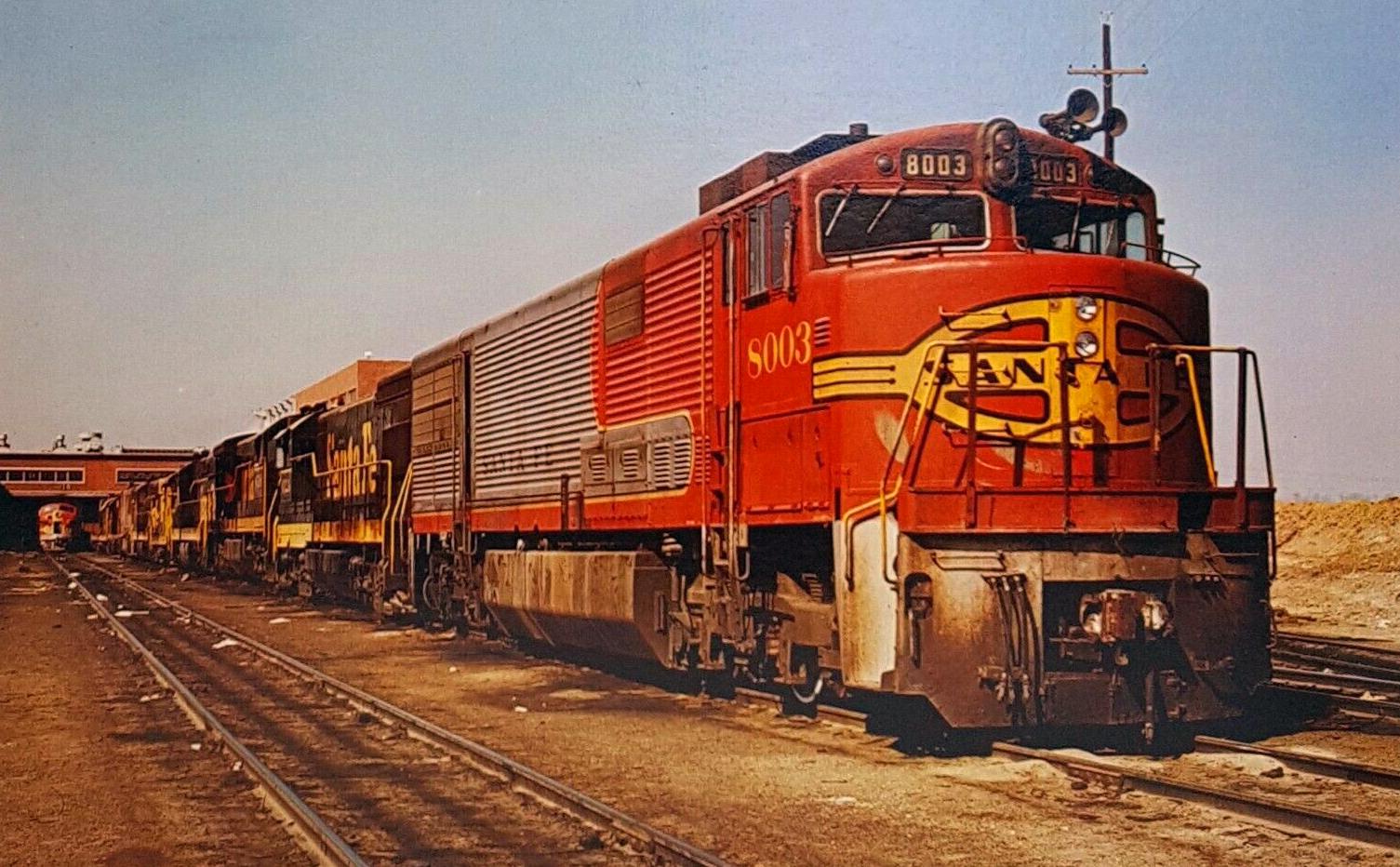On the topic of derailments, the '70s saw the development of one of the most disastrous new diesel locomotives. At the founding of Amtrak in 1971, Amtrak inherited a fleet of passenger equipment from all of the Class 1 railroads. The problem was, all of this equipment was pretty old. Most of the passenger cars dated back to the 1940s and '50s. The majority of their motive power was EMD E8s, E9s and FP7s. The E8s and FP7s dated from the '40s and '50s, while the E9s were a bit newer, from '54-'64. Doubly problematic was that most of this equipment was in poor condition. Class 1 railroads were in poor financial condition to begin, and since passenger service did not generate much profit and the railroads had been trying to abandon passenger service (the whole reason for Amtrak's formation), they had not been keeping up on maintenance. And some of the railroads owned newer equipment, like SDP40s, SDP45s, FP45s, U28CGs and U30CGs, but did not turn it over to Amtrak, instead preferring to keep it to either run commuter operations (which Amtrak did not take over) or to convert to freight units.

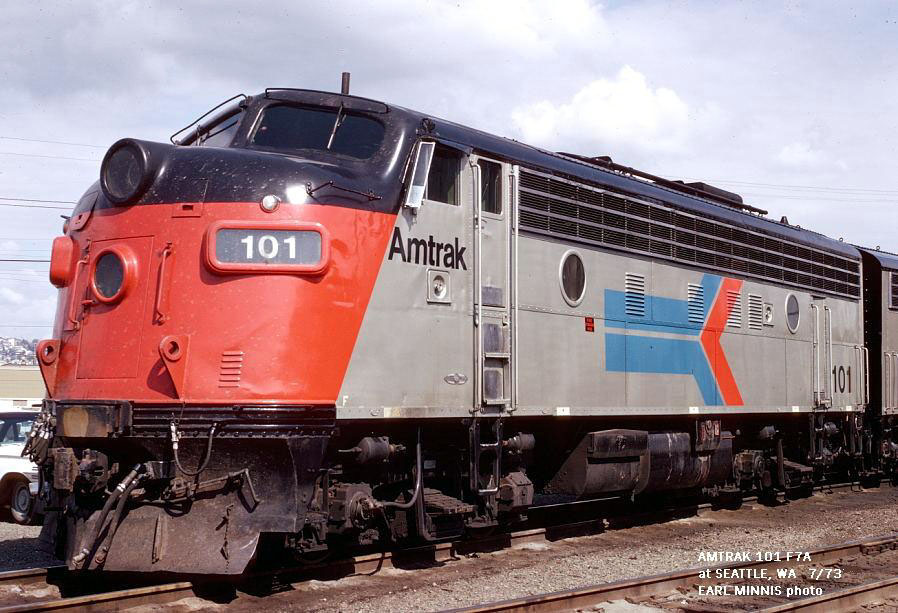
As Amtrak slowly began to get its feet under it and started to get all of its equipment in the same color and start ordering new passenger cars, they also placed an order for new locomotives. While EMD had earlier offered a passenger variant of both the SD40 and the SD45 and GE had offered the U28CG, both had not been a sales success and had been out of production for several years at this point and Amtrak also wanted a locomotive with a full body, for appearance and possible fuel economy, rather than a road switcher with a steam generator shoehorned in the back. EMD had also offered the carbodied FP45, but that was also out of production and Amtrak likely wanted to avoid the EMD 45-series' engine failure troubles and its reputation for being a fuel hog.
So in 1973, EMD began delivering the first of an order of 150 new passenger locomotive, known as the SDP40F. Under the skin, it was very similar to EMD's new smash hit SD40-2. That mean it had a 3000hp turbocharged 2-stroke 645E3 V16 making 3000hp, the new Dash-2 electrical system that included a number of quality of life upgrades like modular electrical cabinets, and the first application of the EMD HT-C trucks, which were designed to have greater traction by placing all traction motors in the same direction as well as a new hollow bolster design. The traction motors did use different gearing to deliver a 100mph top speed. Over the top went a new angular body that was very much similar to that of the FP45, and the body was painted in the Amtrak Phase I, making these the first units delivered in Amtrak paint.

Since the passenger cars Amtrak inherited were all steam-heated, the SDP40-F had a pair of steam generators mounted in the rear of the body. Just ahead of that was a 1,350 gallon water tank mounted above the floorline. Down below the frame and in between the trucks was a second 2,150 gallon water tank, as well as 2,500 gallon fuel tanks. Since Amtrak was starting to place the order for the new Amfleet coaches, which would use electric heat, EMD was tasked with making it so that as the Amfleet equipment arrived, the steam boilers could be removed and a Head End Power generator be installed in its place. There was an ulterior motive to this as well, as this design would allow the heating gear to be removed entirely so that the SDP40-F could be converted to a freight locomotive and resold in the event that Amtrak failed (which looked likely at the time).

The 150 SDP40-Fs quickly displaced the E-units on long-haul trains, and Amtrak began ordering EMD F40PHs to eventually replace the E-units on short-haul trains. The SDP40-Fs were hailed as the stars of the Amtrak long-distance fleets and presented a new, more unified image for the company. But from Day 1, crews griped about the SDP40-Fs having abysmal ride quality compared to the units they replaced. But as EMD and Amtrak began investigating the cause of its miserable ride, the FRA began investigating the SDP40-F for a different reason. Between their arrival in 1974 and 1976, the FRA noted that the SDP40-F had been involved in 13 separate accidents. None of them were fatal or seriously damaging but the frequency was alarming, as was the fact that just about every incident was identical: two SDP40-Fs on the head end, at least one baggage coach trailing the locomotives, and the rear truck of the locomotive and lead truck of the baggage car both derailed.
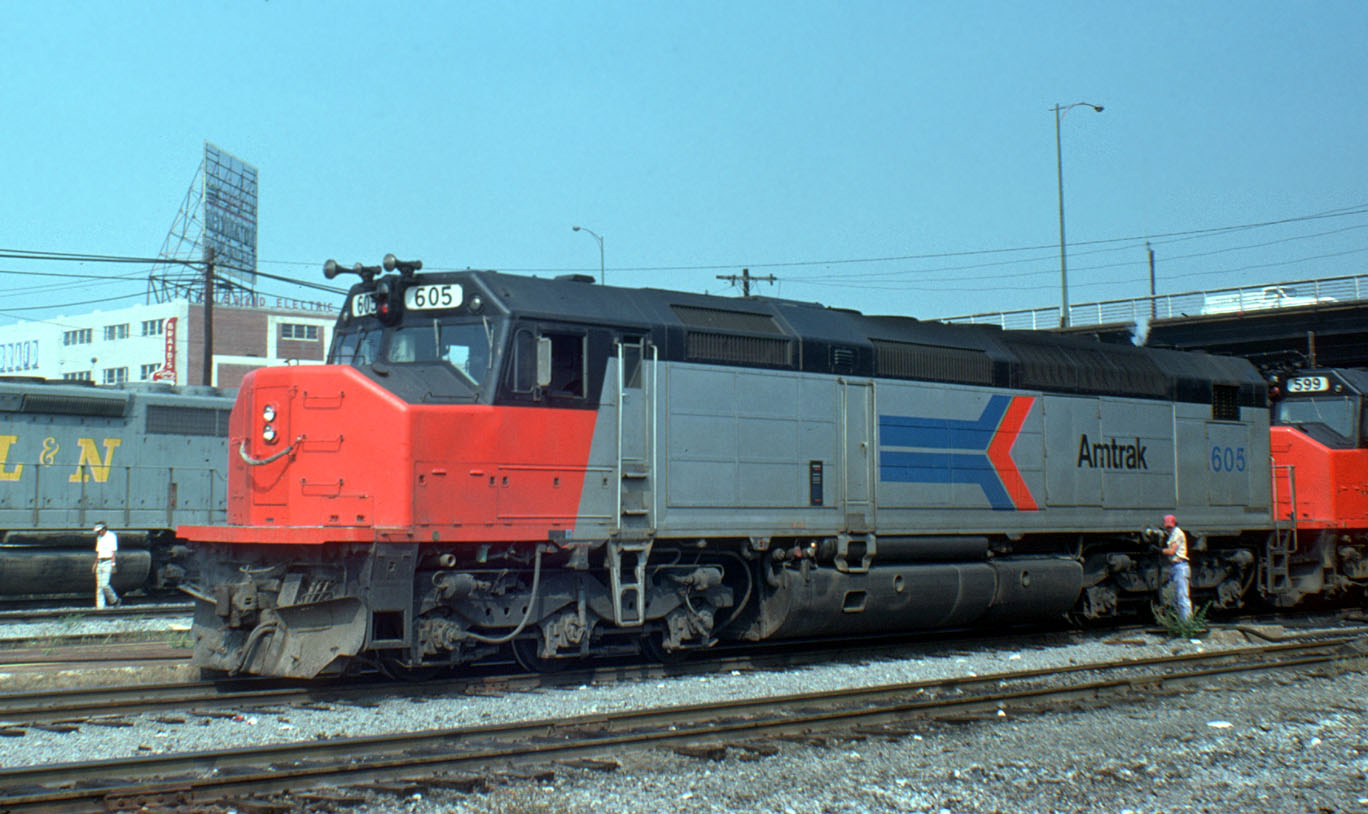
EMD, Amtrak, the FRA and the American Association of Railroaders all launched an investigation into the derailments. EMD went full CYA mode and said the locomotive was fine, it was that poor track conditions caused the derailments. The others shotgunned a number of theories, unable to find a definite conclusion to why they kept derailing it. A lot of suspicion was placed on the new hollow bolster truck design. Another theory was that the combined weight of the water tanks and steam generators made the rear of the locomotive too heavy and caused stability issues. Another was that the light weight of the baggage car caused a harmonic vibration when placed behind the much heavier SDP40-F.

Amtrak attempted a number of corrective measures to mitigate the derailing issue. Speeds around curves were reduced, which slowed train times. In the case of the Empire Builder the trip went from 46 hours to 52 hours. Amtrak tried leaving the smaller water tank, the one above the frame, empty on trips, making more frequent water stops instead. Numerous alterations were made to the trucks to try and get them to work. While they helped, the issues continued, and some railroads like Burlington Northern and Chesapeake & Ohio, outright banned SDP40-Fs from traveling on their rails, concerned that they were spreading or breaking rails due to lateral sway issues.
Amtrak's trust in the SDP40-Fs was severely shaken, and then another nail was hammered in their coffin. During the unusually severe 1976-1977 winter, many of the old steam-heated passenger cars were sidelined with burst pipes and other heating failures. Amtrak instead had to cancel some routes and shift the new Amfleet I coaches onto others. Since none of the SDP40-Fs had been converted to HEP power yet, they were incompatible with these cars, and so Amtrak reallocated their new F40PHs, a GP40 with a cab body and an HEP generator that was intended for short-distance trains, onto long-haul service. Amtrak realized that that the 4-axle F40PH did just fine on high-speed long-haul trains (standard thinking had been that high speeds required a 6-axle unit for better stability).

In the spring of 1977, Amtrak was facing a serious issue. The SDP40-Fs were restricted from some lines and seemed to be unfixable. Meanwhile, the new 3000hp, C-trucked GE P30CH (nicknamed Pooches) were also facing lateral yaw issues that led to derailing, along with a host of other reliability nightmares, including poor dynamic braking response, brake failure and engine blocks cracking. This was not surprising since the earlier, very similar U30CHs had suffered the same exact issues and been yanked off passenger service by Santa Fe. And the GE E60C, a big 6000hp C-truck electric designed to replace the GG1, was also having lateral yaw issues and derailing and had been restricted by the FRA to just 90mph operation, fair short of the 110+ that Amtrak hoped. Yes, of the 4 new locomotives that Amtrak was receiving, all three of them utilizing 3-axle trucks.
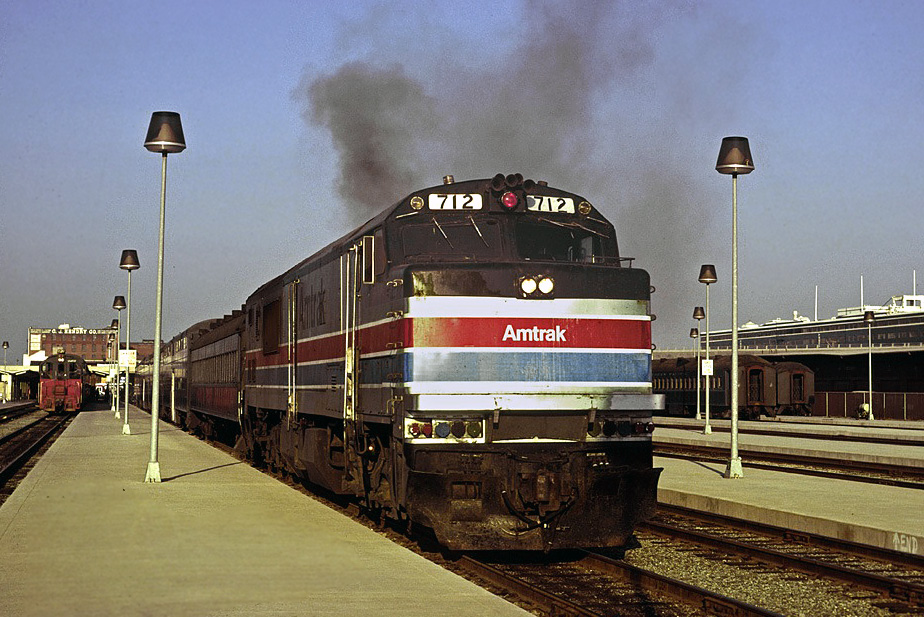

The lone successful new Amtrak locomotive was the 4-axle F40PH. So, Amtrak hammered out a deal with EMD and sent back 40 of the SDP40-Fs, where they had their prime movers, generators, electrical system, control stands and many other parts , installed into new F40PH frames and bodies. These F40PHs that were built from SDP40-F parts were called F40PHRs, with the R standing for Rebuild. Between 1977 and 1987, Amtrak sent back 132 of the 150 SDP40-Fs to be converted to F40PHRs. The other 18 were traded to Santa Fe in 1984 for 25 CF7s (an F7 rebuilt into a road switcher) and 18 SSB1200s (any SW and NW switchers that ATSF had were rebuilt into a modern 1200hp switcher) to be used for assembling trains and doing MoW work.
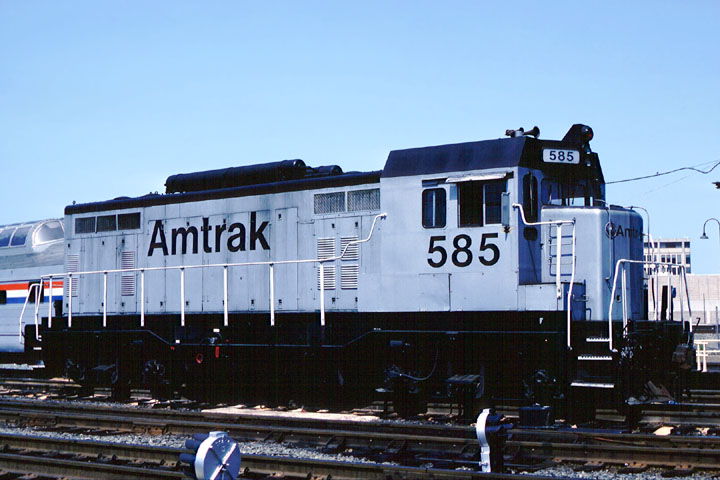

Santa Fe took their 18 SDP40-Fs, removed the steam generator equipment and water tanks, regeared them for freight use, added a front platform and notched the nose for easier boarding and called them SDF40-2s. They remained in service with Santa Fe until 2001, when they were all retired.

The HT-C truck, which was much maligned and believed to be the cause of the derailment issues originally, went on to be used under the SD40-2s, SD45-2s, SD50s and SD60s to much success, redeeming its name.








 Trainphone gear in a T1 cab
Trainphone gear in a T1 cab







